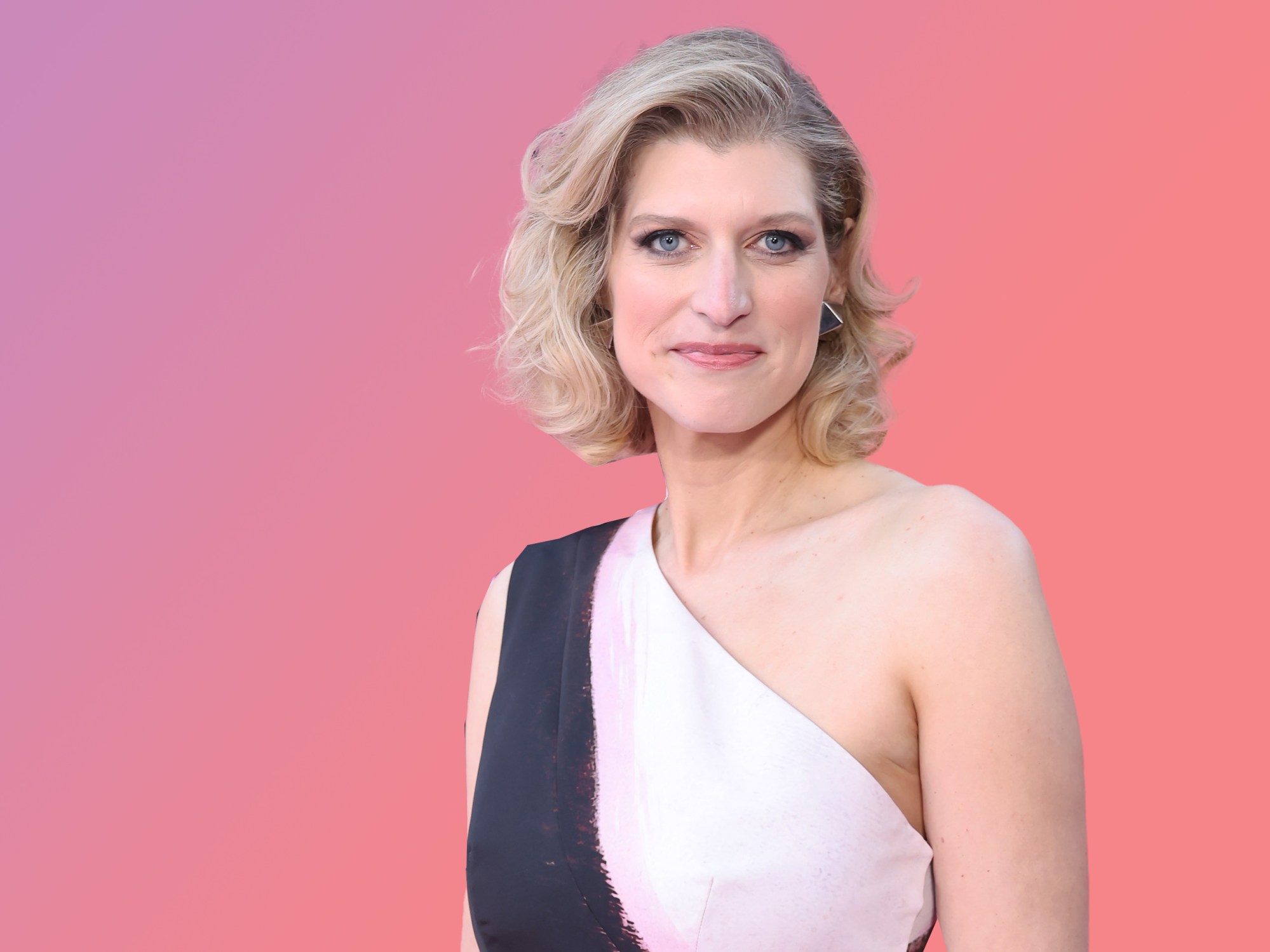
- Interviews
Annabel Oakes: “Grease” in Her Words
The legacy of Grease began back in 1972 when the musical opened on Broadway and ran for over three thousand performances, at the time becoming the longest running musical on the Great White Way.
Its 1978 cinematic adaptation, starring John Travolta and Oliva Newton-John, became one of the highest grossing movie musicals of all time, with its soundtrack selling more than thirty million copies worldwide.
Four years later, a sequel, Grease 2, starring Maxwell Caulfield and Michelle Pfeiffer, continued the legacy, and over the intervening years, the show has been revived on Broadway and in a live adaptation for television.
As unforgettable as the music was and as joyous as its spirit proved, the sassy heart of the story always relied on the strut of the Pink Ladies. In the first movie, we got to engage with the group of Rizzo, Jan, Marty, Frenchy and Sandy, and later with Stephanie, Sharon, Dolores, Paulette and Rhonda, both sets showcasing the tough but tender sides of teenage girls.
In its latest incarnation, the new TV series Grease: Rise of the Pink Ladies, the action takes place in 1954, four years before the events of Grease, and follows four fed-up students, tired of being misfits, who band together to bring about changes that will alter Rydell High forever, becoming along the way the founding mothers of the high school clique known as the “Pink Ladies.”
The musical comedy adaptation has been brought about under the creative watchful eye of Annabel Oakes, who has previously penned scripts for Minx, Awkward, Transparent and Atypical, on which she also directed numerous episodes.
We had the chance to talk with Oakes during both the TCA Winter Press Tour and the show’s red-carpet premiere.
Grease has had so many incarnations over the years, from Broadway show, to hit movie, to now your new TV series. Why does this story still seem so relevant?
I think Grease is so relevant because it is such a big universe that everyone can find themselves in it. What we are doing is just expanding that universe with Rise of the Pink Ladies.
What kind of deep dive did you do into the legacy of the story in order to build your new world?
I found out the Pink Ladies were actually real. It was a real group in the high school of the creator of Grease, Jim Jacobs. They were these tough girls who had to stick together because they weren’t like all the other
girls. And, so, I thought, “That’s interesting.” So, I called my Mom. It’s very important I tell you she went to high school in the ’60s, not the ’50s. But I started calling her and all of her friends and asked, “What was it like being a girl in the ’50s and ’60s in high school?”
What did you discover?
I started to get these amazing, beautiful, interesting, unexpected stories from people of all different walks of life. I talked to popular girls. I talked to a woman who later became, you know, a radical lesbian feminist. I talked to, you know, people of all races. And then when I got a writers’ room, we all started talking to everybody’s grandmas and aunties and aunts/uncles and
everybody, and we got really excited about the possibilities of returning to the world of Grease and telling these stories
You mentioned building this new universe: you are taking us back to 1954, and yet you deal with themes that are very relevant today. How did you construct your episodes around that?
What is so interesting about doing a period piece is exploring the things that haven’t changed and the things that have changed. Both are really interesting. Everyone can connect to these universal stories. Falling in love, falling out of love, finding yourself and breaking out of the role that was assigned to you.
One of the great lines in the show is about how one doesn’t graduate high school, one survives it. It is not all fun and games and cheerleaders. How important is it to send this message about the real issues one has to deal with at that age?
I think it is important to show that being a teenager is a time of big growth, and sometimes it is hard to have fun, because you are going through a hard time. When you have friends, and can really see each other, then you can move beyond just surviving high school and really thrive in high school.
You portray a very diverse world in this show, not one that we normally picture when we think of the 1950’s.
I actually feel that Grease, the original musical, the stage musical and
then the movie, was trying to undermine the nostalgia of the ’50s, that it was this squeaky clean, perfect time where everybody was having a great time. There were people dropping out of high school. There were people having sex in the back of cars. So, you know, there was real life going on in Grease, and to me, we just get to expand the lens. I live very close to a high school named John Marshall High, which is one of the original shooting locations of Grease. They shot the big carnival out there. I thought, “I wonder what it looked like in 1954, Southern California.” So
I went, and I got a yearbook from the high school where Grease was shot. 1954 was actually pretty diverse. So, I don’t think we are pushing forward some narrative or trying to do important work. We are just doing the work of looking at what a Southern California high school actually looked like and telling some of those stories that didn’t have a chance to be told in a technicolor, musical way.

